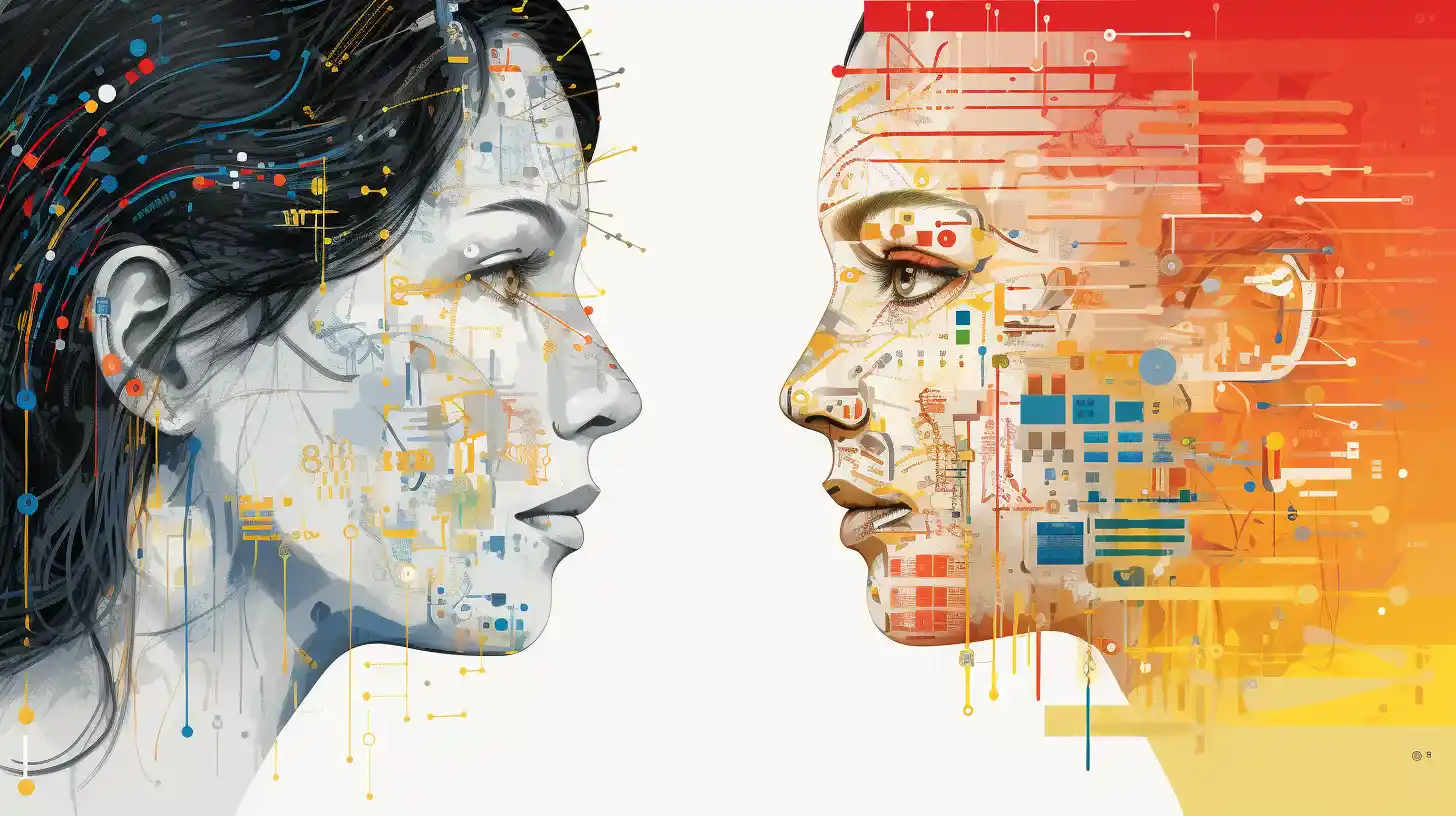Table of Contents
In a bid to showcase its prowess in generative AI, Google’s Innovative AI Art recently unveiled an image created using the powerful Gemini iteration of Google Bard. However, despite the company’s enthusiasm and even featuring the artwork as a profile picture on Instagram, the response from the community has been anything but unanimous.
AI Art Critique: A Community in Discord
Tech enthusiasts and AI aficionados lauded the image as a testament to the capabilities of Google Bard’s AI. However, a significant portion of the audience expressed reservations, labeling the art as improvable, riddled with flaws, and lacking a clear purpose. This dichotomy of opinions underscores the ongoing debate on the subjective nature of AI-generated art.
Google Bard and the Dilemmas of AI
Google Bard, powered by the robust Gemini iteration, boasts the ability to automatically generate images. Yet, the controversial image’s reception has reignited discussions around the moral dilemmas inherent in Google’s Innovative AI Art. The AI’s capacity to replicate the work of human artists raises questions about the quality and purpose of such creations.

Google swiftly released its Bard chatbot, powered by generative AI, in February of the previous year to rival OpenAI’s ChatGPT. Nevertheless, approximately one year following Bard’s debut, Google’s Innovative AI Art is reportedly considering rebranding it as Gemini, alongside several other modifications.
These alterations encompass the unveiling of a specialized application and the introduction of a premium language model tailored for intricate assignments.
Ethical Concerns in Google’s Innovative AI Art
Artificial Intelligence has become entangled in ethical quandaries, with the emergence of Google’s Innovative AI Art intensifying the debate. Critics argue that AI often falls short of the minimum standards set by human artists, resulting in compositions deemed improvable and marred by defects. Despite the intentions to showcase technological advancements, the discourse surrounding Google’s Innovative AI Art
The disclosure regarding Google’s decision to rename its AI model was made public through a post on X by Android app developer Dylan Roussel. In the post, Roussel shared an image of a Google Bard changelog dated February 7, indicating that the updated modifications might become available within a short span of time.
The Environmental Impact of AI
Beyond the aesthetic critique lies the pressing concern of AI’s environmental footprint. The energy and water consumption associated with Artificial Intelligence tasks raise alarms about sustainability. Google’s foray into AI art brings attention to the environmental impact of such technologies. Companies like Microsoft are actively pursuing AI development with lower energy requirements to promote more sustainable models within the technology market.
The purported release notes disclose the rationale behind the renaming of Bard to Gemini: “Our dedication lies in providing unrestricted access to Google Al for all individuals and starting this week, every Gemini user in our supported countries and languages can avail themselves of Google’s finest assortment of Al models. In order to better embody this commitment, we have decided to rebrand Bard as Gemini.”

A Call for Sustainable AI Models
As the debate around AI-generated art continues, the environmental aspect adds another layer to the conversation. The considerable energy and water usage in AI processes necessitate a shift towards sustainable models. Microsoft’s endeavors to develop AI with lower energy requirements highlight a growing commitment within the industry to address the environmental challenges posed by advancing AI technologies.
In conclusion, Google’s attempt to showcase its AI capabilities through controversial art has opened up discussions on both ethical considerations and the environmental impact of Artificial Intelligence. The mixed reactions from the community underscore the complexities surrounding AI-generated art, prompting a broader reflection on the future direction of this evolving technology.
The announcement of Google’s Gemini Advanced version, fueled by the Gemini Ultra 1.0 language model, might accompany the latest upgrade. Google introduced its Gemini language model series in a blog post towards the end of the previous year. While Gemini Pro and Gemini Nano were promptly released, the availability of Gemini Ultra was planned for the beginning of this year.